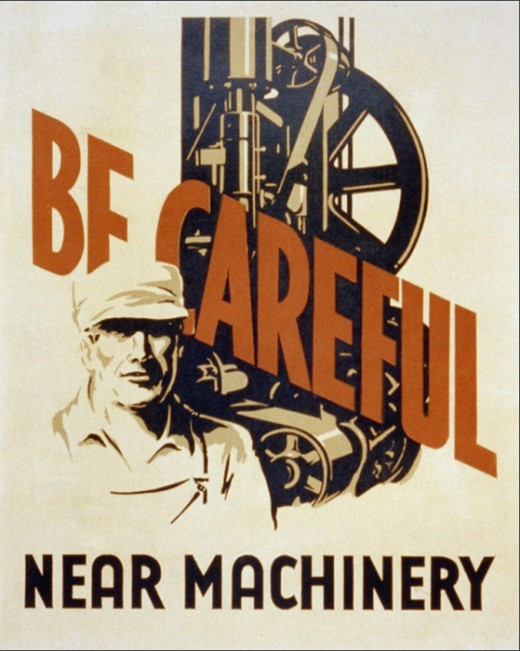There are some people that really like giving out orders, and some, (certainly fewer), that like being told what to do. But I suspect the majority of us fall somewhere in the middle of the spectrum. As leaders or parents or when acting in any role that puts us in a position of authority, we want to set some basic direction or ground rules, and then sit back happily and watch our charges carry out their duties and tasks without much meddling or the need for intervention and correction. Click image for larger size
Click image for larger size
Face it, how many times do you have to tell your kids to clean up their room or to stop texting at dinner before it gets really tedious? And in the workplace it can get very tiresome to have to keep reminding Peter to include the cover sheets on the TPS reports. I mean come on, when is he going to finally get it? Yep, constantly telling people what to do, and the flip side, hearing again and again what you need to do, (or what you need to stop doing), both are dreary, monotonous, and at times soul-crushing.
What's the solution? I really don't have one except to say that no matter what side of the ledger you find yourself on, the constant repetition can only mean two things. One, the message simply isn't getting across. Or two, the message is clearly understood, and the person that needs to make the change just doesn't have the same agenda as the order-giver. I suppose there is a third scenario, where there is a valid moral or ethical objection to compliance, but that one is kind of rare and usually can be debunked on closer examination. I have not yet acceded to my 11 year-olds 'moral' objections to going to bed.
 Click image for larger sizeSo if you find yourself as a crossroads with someone or something that simply won't see things your way, perhaps taking a page from the worlds of marketing or advertising is the best way forward. Take a look at the images that accompany this post. They are taken from the Library of Congress archives of Works Progress Administration posters from the late 1930s and early 1940s. An era known formally as the Great Depression, and less formally as 'absolute crap'.
Click image for larger sizeSo if you find yourself as a crossroads with someone or something that simply won't see things your way, perhaps taking a page from the worlds of marketing or advertising is the best way forward. Take a look at the images that accompany this post. They are taken from the Library of Congress archives of Works Progress Administration posters from the late 1930s and early 1940s. An era known formally as the Great Depression, and less formally as 'absolute crap'.
Both of these posters, and many of the others in the archive, are attempts to 'tell people what to do' in a time where for most people, pretty much the last thing they wanted to hear was a lecture or an admonition from anyone. Mostly, they just wanted to find work, or hang on to the jobs they had, and find some way to feel better about things. And as the 40s started, the likelihood of entering into World War II was pretty high. Certainly, a country going pretty much straight from economic depression to World War II in short order pretty much created an environment of stress, worry, and real fear about both the present and the future.
So why are these WPA posters so cool and kind of instructive? Well, for one reason they are really cool to look at. They are extremely well designed and artistic, as the WPA had access to and the availability of many top notch designers and artists who had found the normal markets for their work pretty thin during the depression. And secondly, mainly due to the constraints of the medium, they are simple and direct. 'Be Careful', and 'Visit The Zoo'. That's it. That is the entire message. But the design of the posters makes us want to look at them a little longer, to maybe be a little more open to the message, and perhaps, just a tiny bit, be more receptive to the pitch, to being told what to do.
I think it can be really easy to forget that once the message keeps repeating it often gets tuned out or just blends into the white noise. But making it interesting, making it compelling, making it into art - well if you can do that you might have a chance at being heard.
Now if I can just photoshop 'Clean your room' on the Zoo poster and show it to the kid.
Have a Great Weekend!